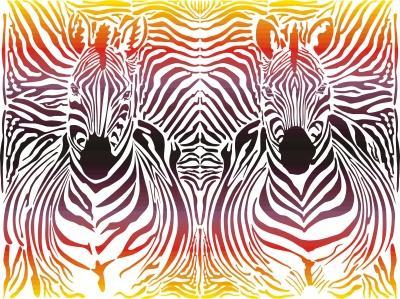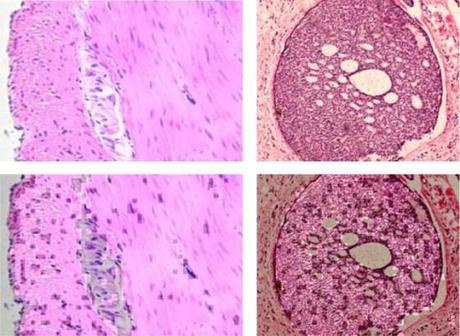
Thinking patterns help us to make sense of the world and they support our decisions and actions. A builder do not have to explore the structural calculations every time to build a roof, once he has learnt a certain pattern of how to build it, it makes sense to use it. The same pattern is used until there is some reason for him or her to rethink it. There is no need to delve deep into the pattern of building roofs.
But when it comes to thinking of new ideas, old patterns can inhibit the search for ideas and solutions. Breaking pattern and seeing things in a new light is one way of getting new ideas. Several techniques can be used to help us break thinking patterns such as using random input. The underlying idea is that we need deliberately break current patterns of thinking.
Think of how difficult it is to get someone to buy new food while she is walking down the aisles in the supermarket. The autopilot is on and the same ingredients and products often end up in the shopping basket. Part of the problem is that we are using familiar thinking pattern regardless of how suitable they are to the situation. To say it differently, we may lack awareness that we need to change our pattern depending upon the situation. Control is necessary when we play tennis. But we cannot control the traffic in the same way as we control our tennis serve motion. Awareness of when we can control a action or a situation, may help us to control situations in an appropriate manner, instead of using it as a universal tool.
Even if we do not see patterns, they exist. Often we can have an underlying feeling or intuition that there is a pattern. But it may be hard to describe or discuss the aspects that recur. In some cases, you can be more or less unaware of the underlying assumptions or patterns, you can simply jump to a new insight and get a new idea. Yet sometimes it is beneficial to search for underlying assumptions and patterns. This enhances our understanding and helps us to design new solutions.
A pattern is something that recurs and there is a rule that is sufficient for repetition.
There are many different types of patterns such as visual, logical and temporal. Your brain is comparing what you see, hear, taste, smell, or touch with things you already know. The idea is to discover how the new information fits. You need to make sense of the information and give it meaning. It is at this stage that we reject information and decides which information to integrate. It is easier to reject information that we do not immediately understand. And rejecting information is easier than creating a new mental model. Many of these decisions take place at a subconscious level. Thus, being aware of your thoughts may enhance your skill to recognize and detect patterns.
A pattern describes how and why something is or should be linked and associated. Freud assumed that negative and traumatic emotions and thoughts rule the subconscious part of our mind. This assumption has lead to many researchers assuming that morality has evolved in humans since we are conscious of our actions. In contrast, animals are ruled by their subconsciousness and as a result are not capable or less capable to make moral decisions. Detecting these kind of thinking patterns and underlying assumption is tricky. Frans d Waal suggests that human are by nature good and this goodness is inherited from our non-human ancestors. Studies of our closest relatives suggest that they do act as if they are good and through evolution this by nature goodness has been passed down. Go here to read more about Frans de Waal’s research into morality.
Combining past experience, intuition, knowledge, and common sense, the ability to recognize patterns gives us the skill to predict what will happen next to a certain extent. When searching for information about a subject, we need to note similarities in the way people are thinking and approaching a subject. Studies show that psychopaths who have been convicted for murders, use certain speech patterns when they describe their crimes.
Our eyes and brains work together to discover patterns that help us make sense of the world. Our visual perception can be used to analyze information. Finding visual patterns in histology images such as the one below and linking them to concepts is a useful technique for diagnosing cancer. Yet finding these visual patterns is difficult and it requires practice and knowledge. The same thing might me true when we are trying to see patterns in the way a person is carrying out a task.

Ways to detect pattern.
- Search for ways that things are always done and explore the underlying value
- Look for pattern in information and be aware of the patterns you are making while you are searching for information
- Look at the way people are acting.
- Look for pattern in how they are describing things.
- Look at statistics and search for pattern in the figures.
Photo: “Zebra Abstract Pattern Background” by Vlado; www.sciencedirect.com
